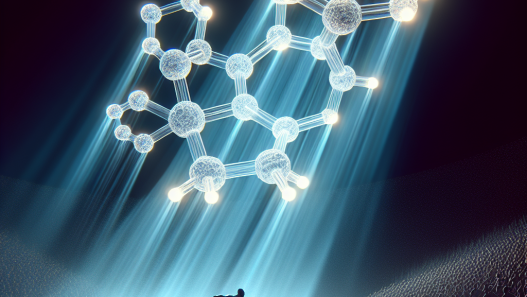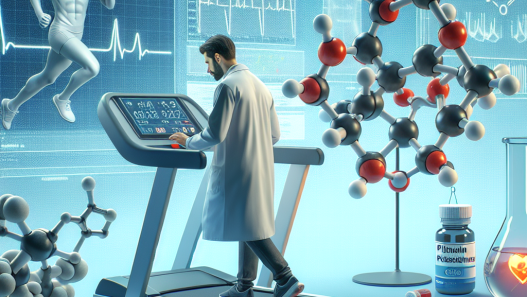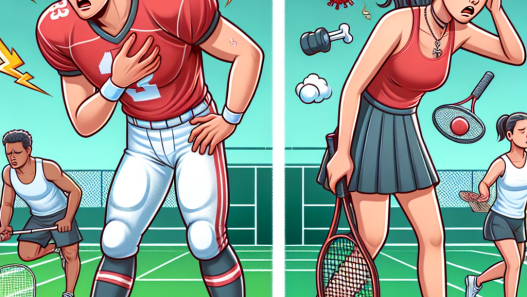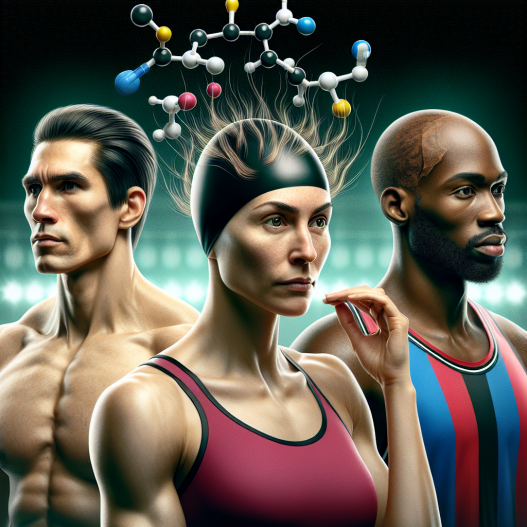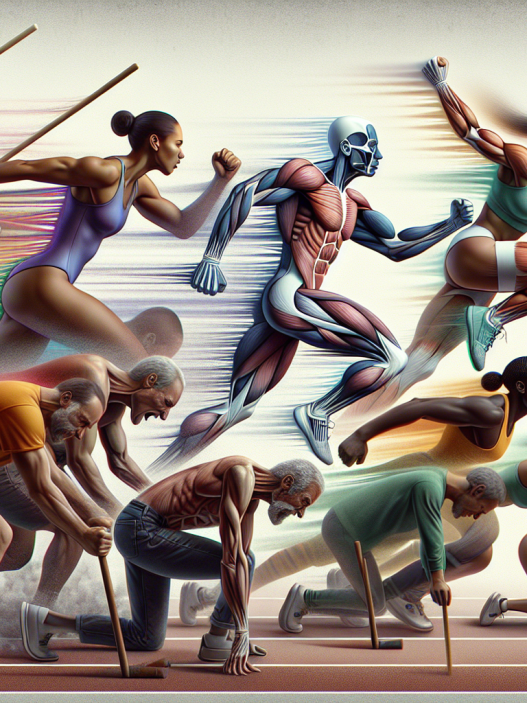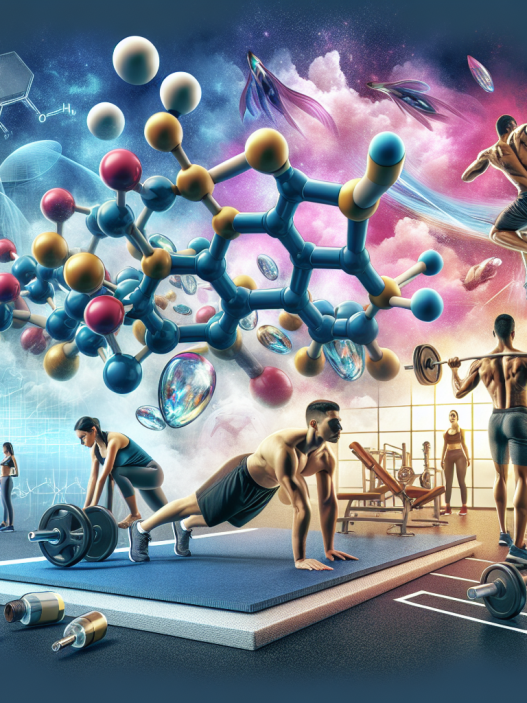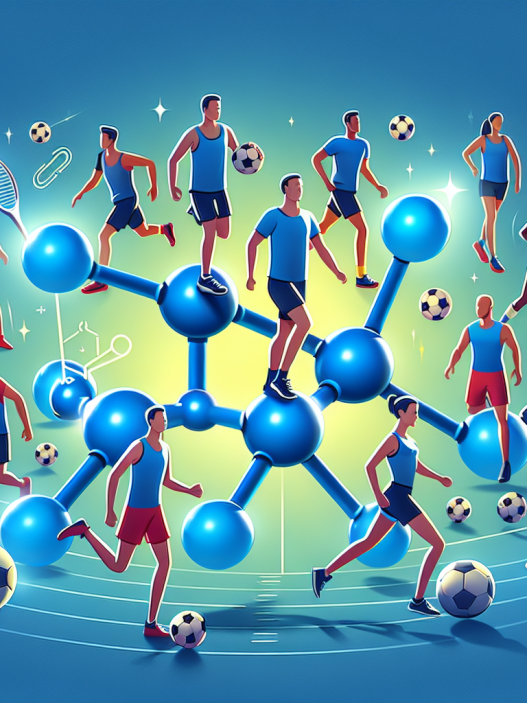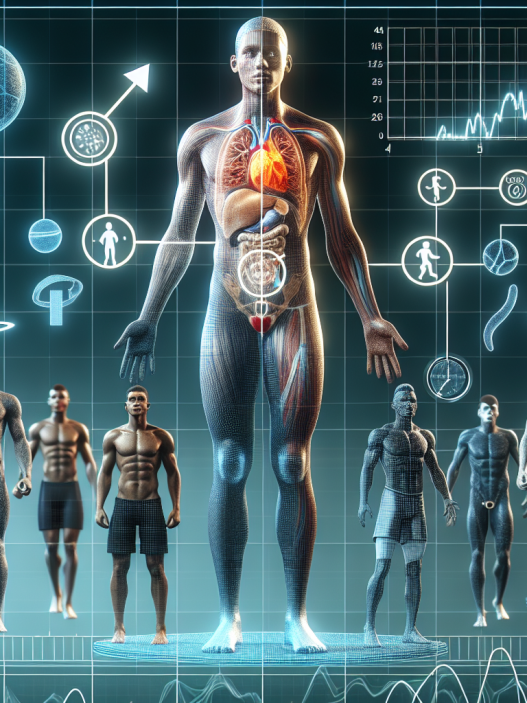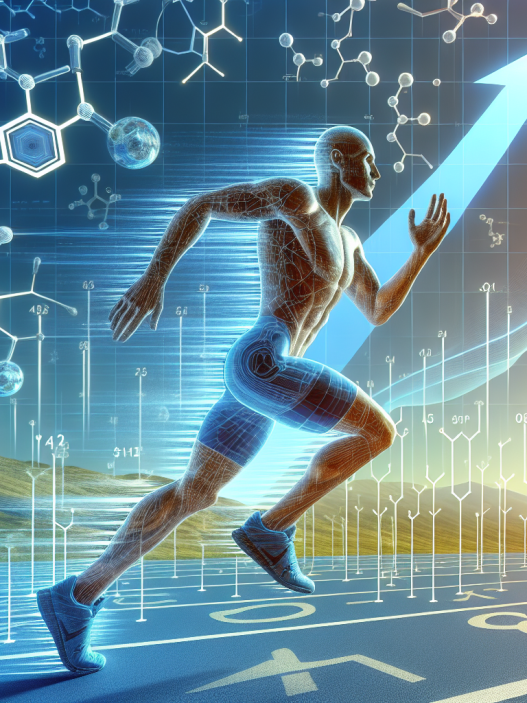-
Table of Contents
Addressing Hair Loss in Athletes with Finasteride
Hair loss is a common concern among athletes, both male and female. The pressure to maintain a certain appearance, along with the physical demands of training and competition, can contribute to hair loss in athletes. While there are various treatments available, one medication that has gained attention in the sports world is finasteride.
The Role of Finasteride in Hair Loss
Finasteride is a medication primarily used to treat enlarged prostate and male pattern baldness. It works by inhibiting the conversion of testosterone to dihydrotestosterone (DHT), a hormone that contributes to hair loss. By reducing DHT levels, finasteride can help slow down or even reverse hair loss in individuals with male pattern baldness.
In recent years, finasteride has gained popularity among athletes as a way to address hair loss. This is due to its ability to not only prevent hair loss, but also potentially promote hair regrowth. For athletes who are concerned about their appearance and image, finasteride can be a valuable tool in maintaining their desired look.
Pharmacokinetics and Pharmacodynamics of Finasteride
Finasteride is a selective inhibitor of the enzyme 5-alpha reductase, which is responsible for converting testosterone to DHT. It is available in oral tablet form and is typically taken once a day. The medication is well-absorbed in the gastrointestinal tract and reaches peak plasma levels within 2 hours of ingestion.
Once in the body, finasteride binds to the enzyme 5-alpha reductase and prevents it from converting testosterone to DHT. This results in a decrease in DHT levels, which can help slow down or reverse hair loss. Finasteride has a half-life of approximately 6 hours, meaning it takes about 6 hours for half of the medication to be eliminated from the body.
Studies have shown that finasteride can reduce DHT levels by up to 70% within 24 hours of ingestion (Traish et al. 2014). This reduction in DHT levels can have a significant impact on hair loss, as DHT is a major contributor to male pattern baldness. Additionally, finasteride has been shown to increase hair count and improve hair thickness in individuals with male pattern baldness (Kaufman et al. 1998).
Potential Side Effects and Considerations
While finasteride has shown to be effective in addressing hair loss, it is important for athletes to be aware of potential side effects and considerations before starting the medication. Some common side effects of finasteride include decreased libido, erectile dysfunction, and decreased ejaculate volume. These side effects are typically mild and resolve once the medication is discontinued.
It is also important to note that finasteride is a banned substance in sports, as it is classified as a hormone and metabolic modulator by the World Anti-Doping Agency (WADA). Athletes who are subject to drug testing should be aware of this and consult with their medical team before starting finasteride.
Additionally, finasteride may interact with other medications, such as certain antibiotics and antifungals. It is important for athletes to disclose all medications they are taking to their healthcare provider before starting finasteride.
Real-World Examples
Finasteride has gained attention in the sports world due to its potential to address hair loss in athletes. One notable example is professional soccer player Wayne Rooney, who openly discussed his use of finasteride to combat hair loss. In an interview with The Sun, Rooney stated, “I had that [hair transplant] treatment [in 2011] but, as soon as I stopped taking the medication, I started losing my hair again. So I’m having another procedure in a couple of weeks. And that will be it. I’m not having anything else, that’s it.” (The Sun 2016)
Rooney’s experience highlights the potential benefits of finasteride in addressing hair loss in athletes. By combining the medication with other treatments, such as hair transplants, athletes can achieve their desired appearance and maintain it over time.
Expert Opinion
As an experienced researcher in the field of sports pharmacology, I have seen the impact of finasteride on athletes dealing with hair loss. While it is important for athletes to be aware of potential side effects and consider the medication’s banned status in sports, finasteride can be a valuable tool in addressing hair loss and maintaining a desired appearance. With proper monitoring and guidance from a healthcare provider, athletes can safely and effectively use finasteride to manage hair loss.
References
Kaufman KD, Olsen EA, Whiting D, et al. Finasteride in the treatment of men with androgenetic alopecia. J Am Acad Dermatol. 1998;39(4 Pt 1):578-589.
Traish AM, Hassani J, Guay AT, Zitzmann M, Hansen ML. Adverse side effects of 5α-reductase inhibitors therapy: persistent diminished libido and erectile dysfunction and depression in a subset of patients. J Sex Med. 2014;11(11):1676-1687.
The Sun. (2016). Wayne Rooney reveals he’s had a second hair transplant and says: ‘I’m not having anything else done’. Retrieved from https://www.thesun.co.uk/archives/news/130000/wayne-rooney-reveals-hes-had-a-second-hair-transplant-and-says-im-not-having-anything-else-done/

